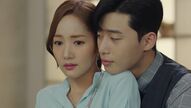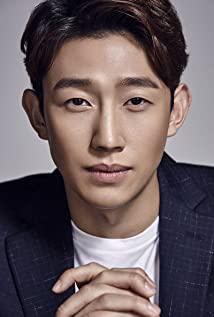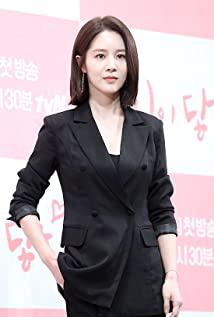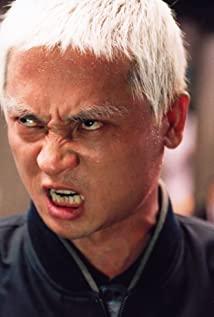When I came back to watch the drama after reading the comics, I couldn't hold back my sinful hands, and I was about to start blind bbw again. It's quite interesting to watch Korean dramas. For dramas separated by a few years, as long as you compare the changes in the character settings, you can see the hot spots in the society at that time; by comparing the same routines, you can see the same general social concepts of that era. This drama is adapted from the comic of the same name. It was updated about 13 years ago, and it seems that it is not over yet. The heroine is an all-round protagonist with perfect business ability and high EQ and IQ. Compared with the female protagonists in Korean dramas ten years ago who demanded money but no money or ability, or who are not only stupid but also can't be human, it is a qualitative leap. In recent years, the strong rise of feminism in Asia has made many female viewers no longer happy to see such weak female images on the screen. This need is reflected most vividly in this setting. The male protagonist is a super narcissist with perfect business ability, high IQ, and emotional quotient depending on the situation. Unlike the female protagonist's basically positive image, the male protagonists in Korean dramas basically have some 'problems'. Whether it was ten years ago or now, the audience seems to care less about the problems of the male protagonist than the female protagonist. In this drama, as usual, the heroine is poor (even if she is the secretary of the vice president, she is still poor, but the poverty is not so obvious), and her family is dragging her feet (the elders are in debt, and the brothers and sisters are not good enough); The male protagonist’s family is super rich/powerful, or the male protagonist is super powerful or both, but there are huge problems within the family (in this drama there is a conflict with my brother, other dramas are about not being biological, fighting for family property, parents being Not being assertive, whether the parents are having an affair or have no feelings, etc.), which leads to the character flaws of the male protagonist. This drama is okay, the male protagonist is just narcissistic, and most of the time he is a very reliable, responsible and careful person. It can also indirectly reflect that the current society's requirements for men are gradually becoming higher (or women are unwilling to evaluate men's good and bad by the standards of the past). In this drama, the heroine and the hero themselves have different fetters (being kidnapped together when they were children). This routine is not only used now, but also used ten years ago and twenty years ago, and it is enduring for a long time. Without this fetter, the male protagonist would not pay attention to the female protagonist, nor would he take her with him for training. The chance of the female protagonist growing into a strong woman would become smaller, and the possibility of getting along with the male protagonist on an equal footing would be infinitely close to zero, basically no The possibility of falling in love. To a certain extent, the female protagonist still has to rely on the male protagonist to get a change of status or fate, no matter whether she has put in effort or not. Therefore, in general, the image of the male protagonist is taller and stronger than that of the female protagonist. This setting also matches the thinking of a patriarchal society. That's why it is said to be the character setting of flowing water, the iron-struck Mary Su routine.
View more about What's Wrong with Secretary Kim reviews











